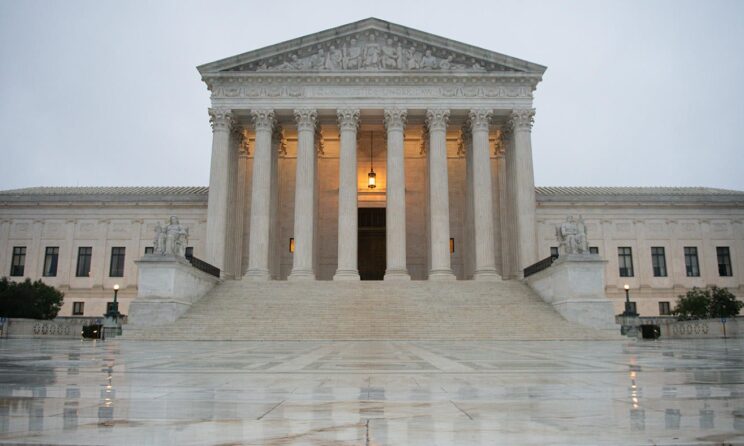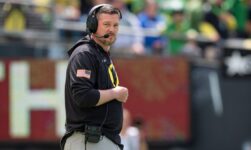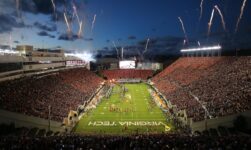
College sports leaders and lawyers are nearing a legal settlement in a landmark antitrust lawsuit that will pave the way for revenue sharing with players as part of the inevitable march toward professionalization in college athletics.
On Tuesday the Big 12 became the first power conference to approve settlement terms, sources tell 247Sports. Other leagues are expected to conduct similar votes over the next few days.
“We are optimistic that a transformative moment for college sports may be very close,” House plaintiff attorney Jeffrey Kessler told 247Sports.
The long-anticipated resolution of House v. NCAA could come as soon as this week, with college athletics’ governing body expected to pay approximately $2.7 billion in back damages over the course of the next decade, according to a memo obtained by multiple media outlets.
Within that total, $1.6 billion would come from reductions in NCAA distributions over the next 10 years — with roughly 40% from the five power conferences — according to ESPN. However, there are 68 power-conference schools and nearly 300 Division I programs that fall outside of that category. Division II and Division III schools are not expected to be impacted, but that could change.
The remaining $1.1 billion would be tapped from NCAA reserves and budget cuts, among other sources.
But back damages are only one part of the equation. An expedited timeline for conferences and universities to implement a new pay-for-play model is also on the table. Though booster-led NIL collectives would not be eliminated altogether as part of a new “enforcement infrastructure,” they would be subject to guardrails not seen in the current unregulated market, per Yahoo Sports.
The most notable power players swaying…
..






